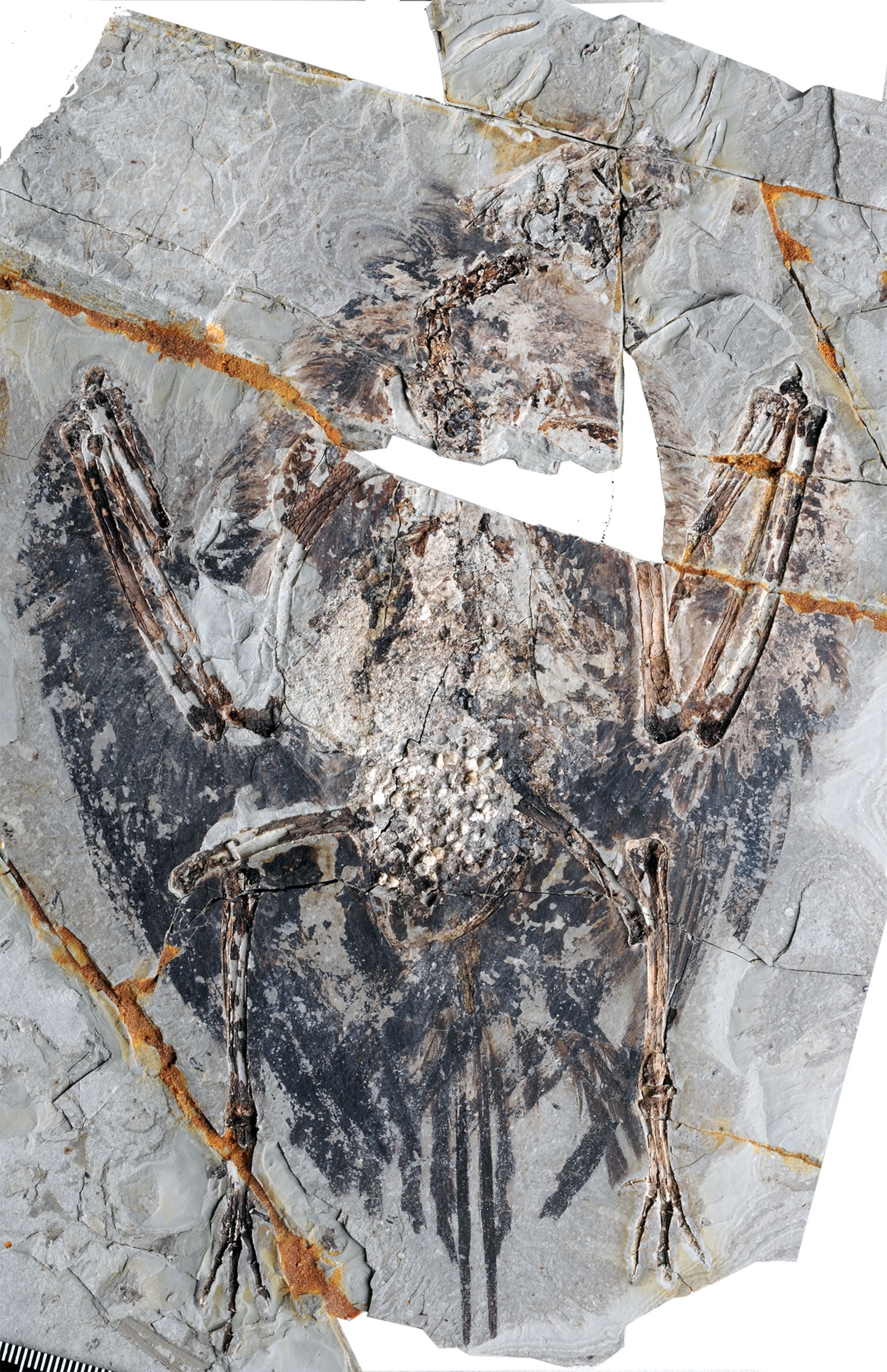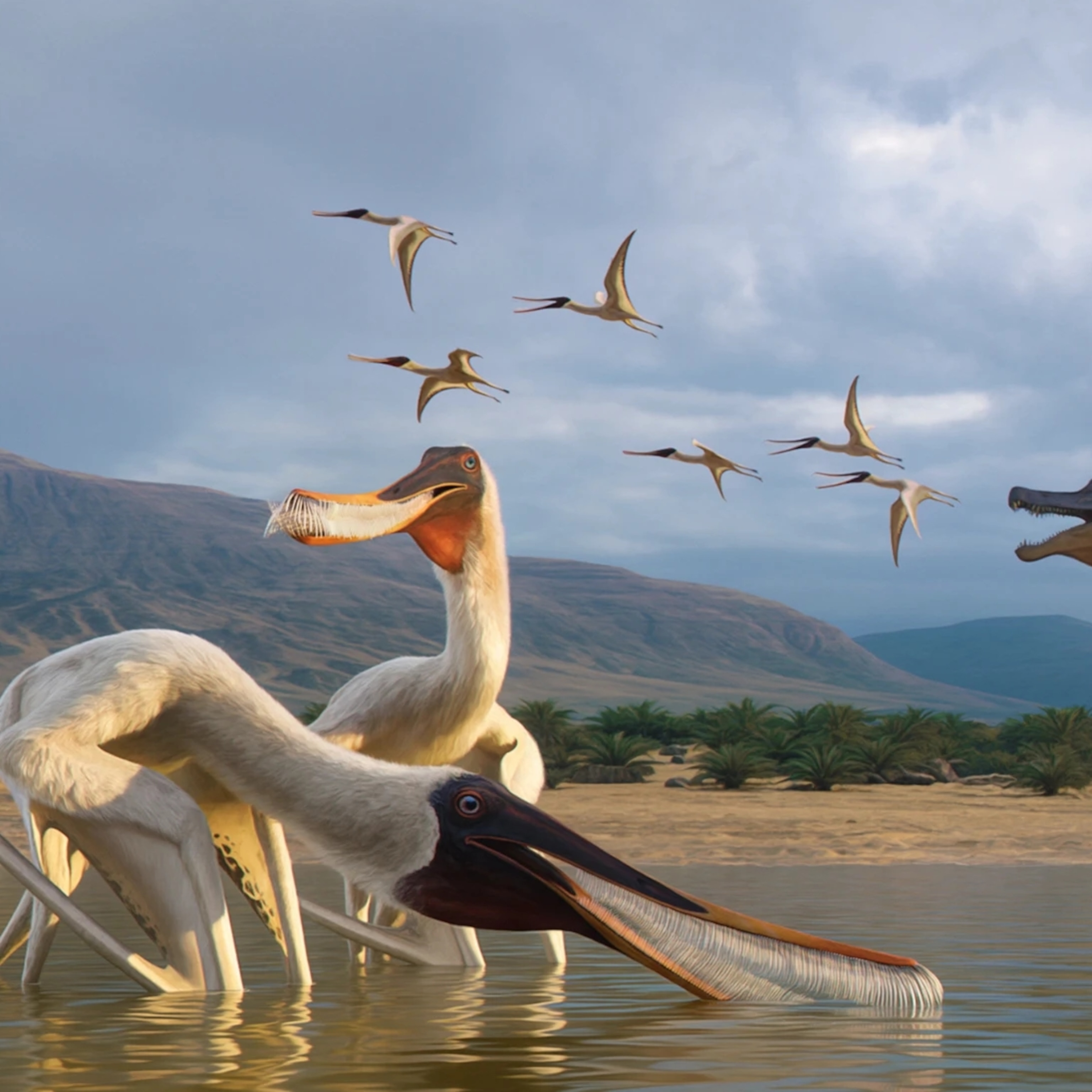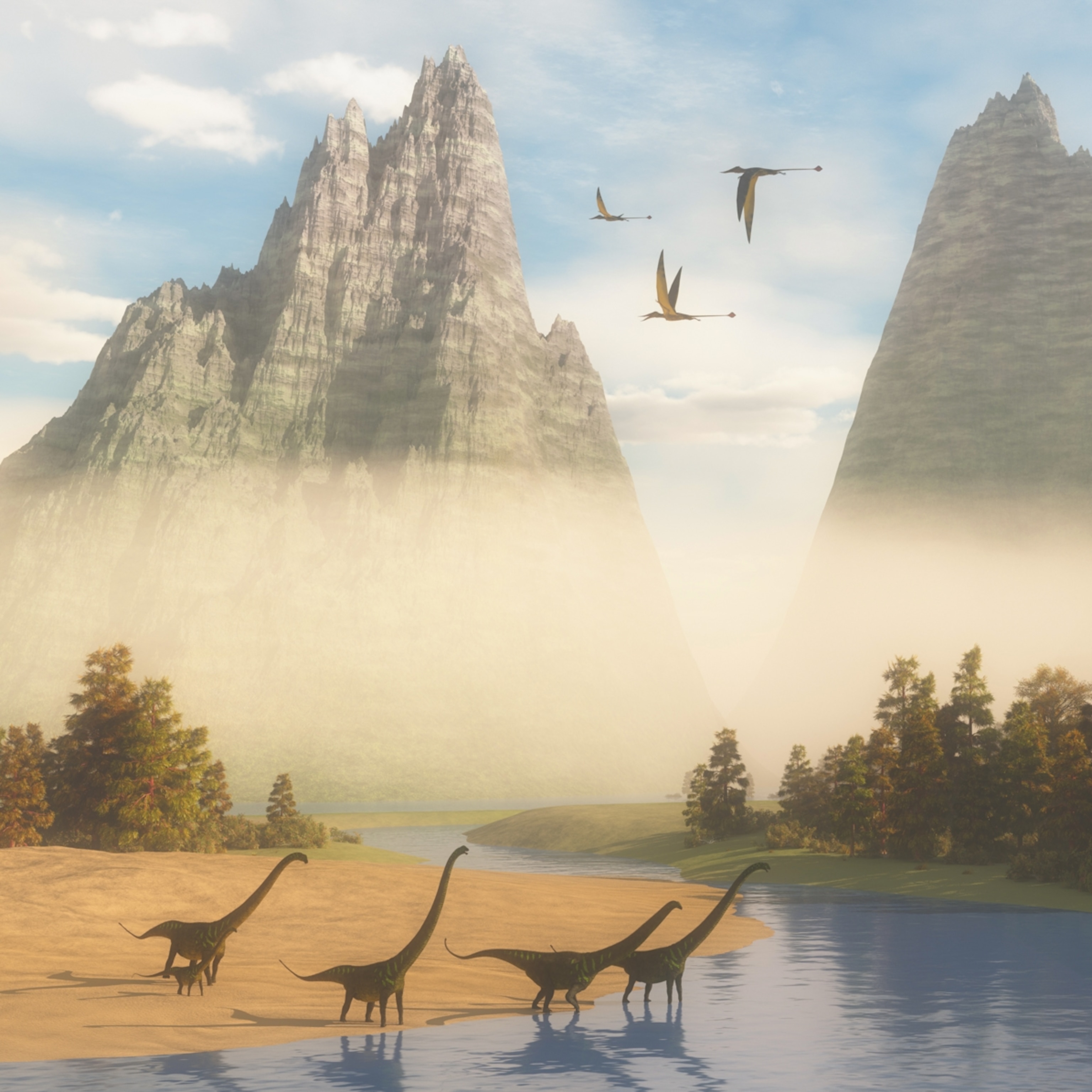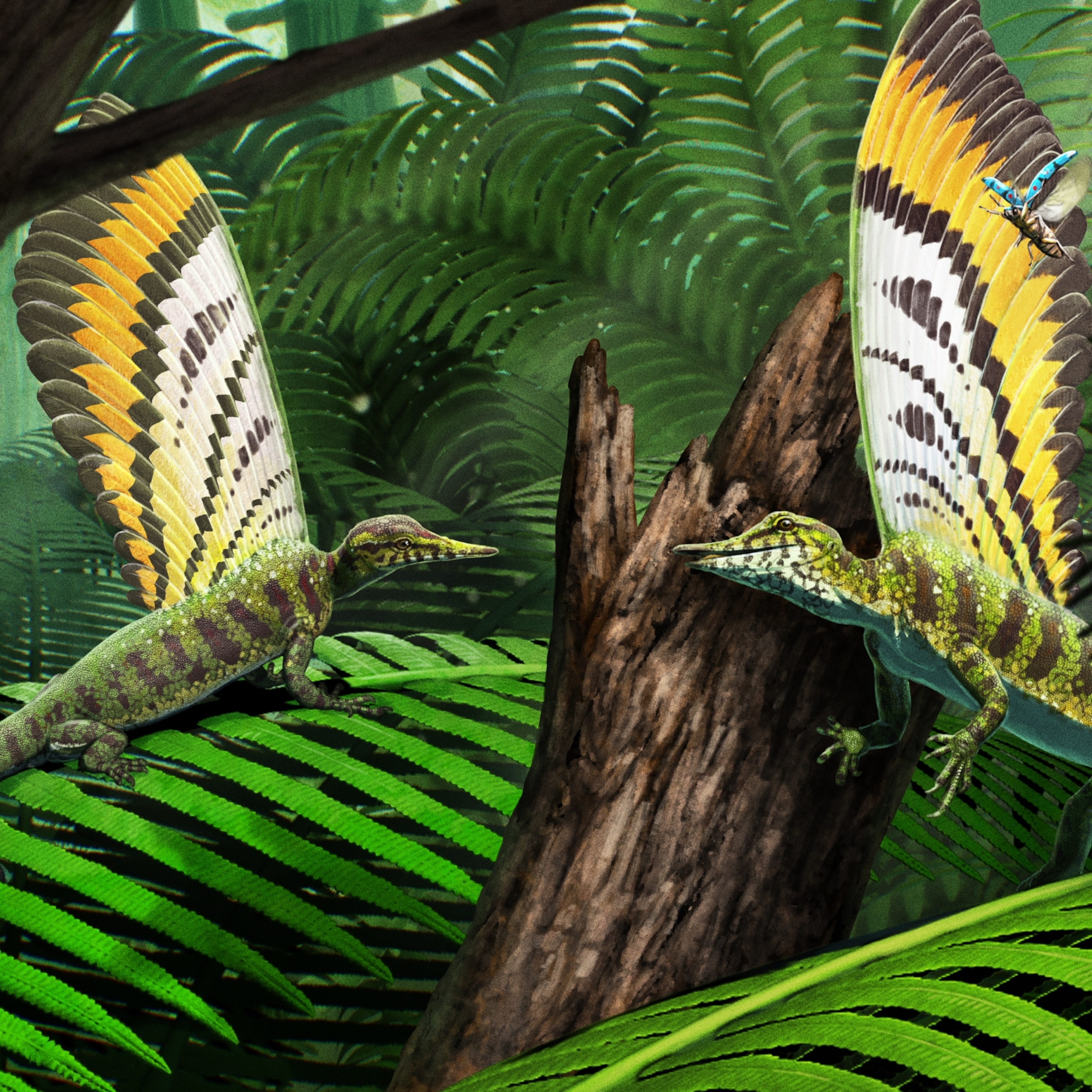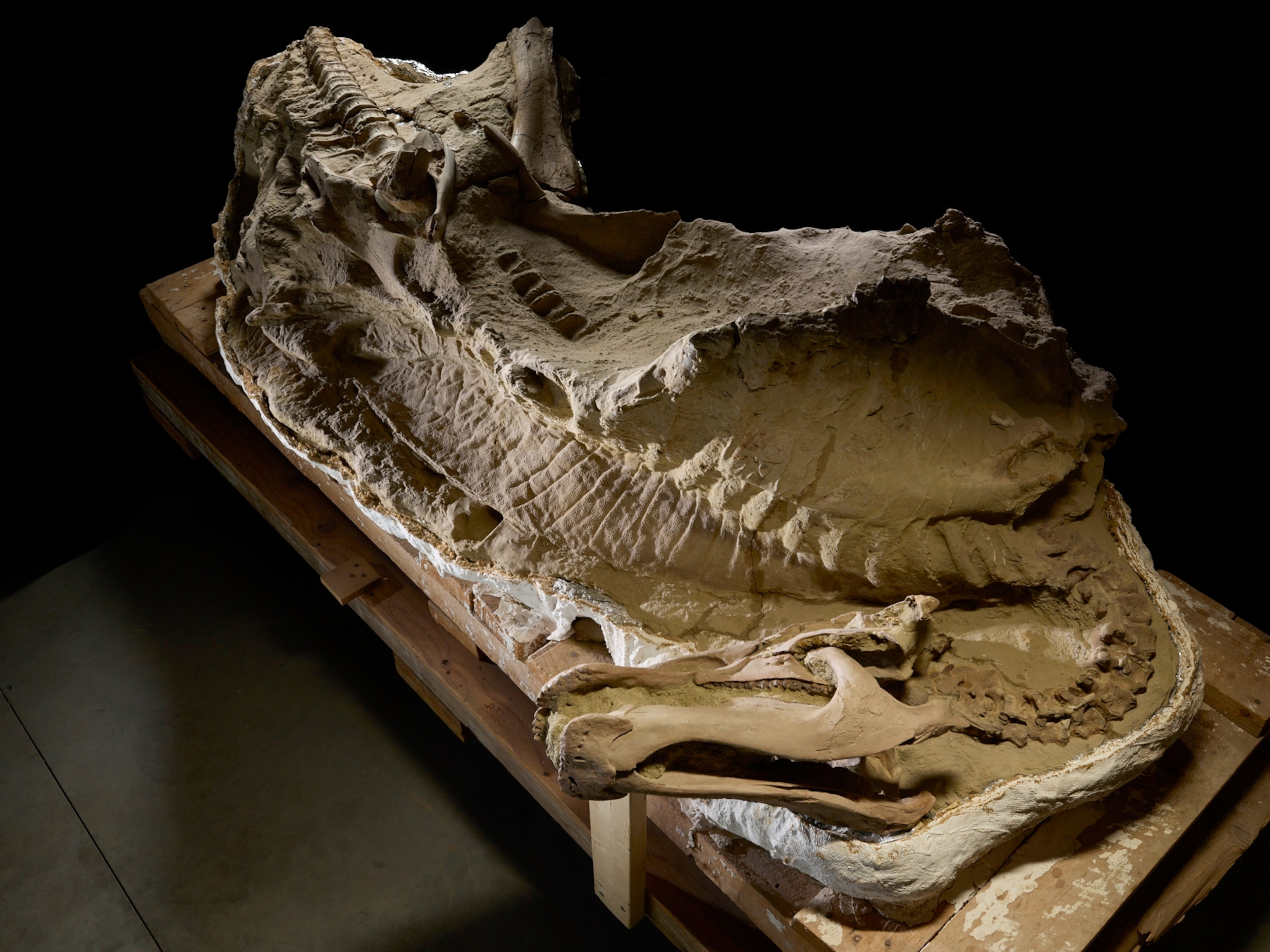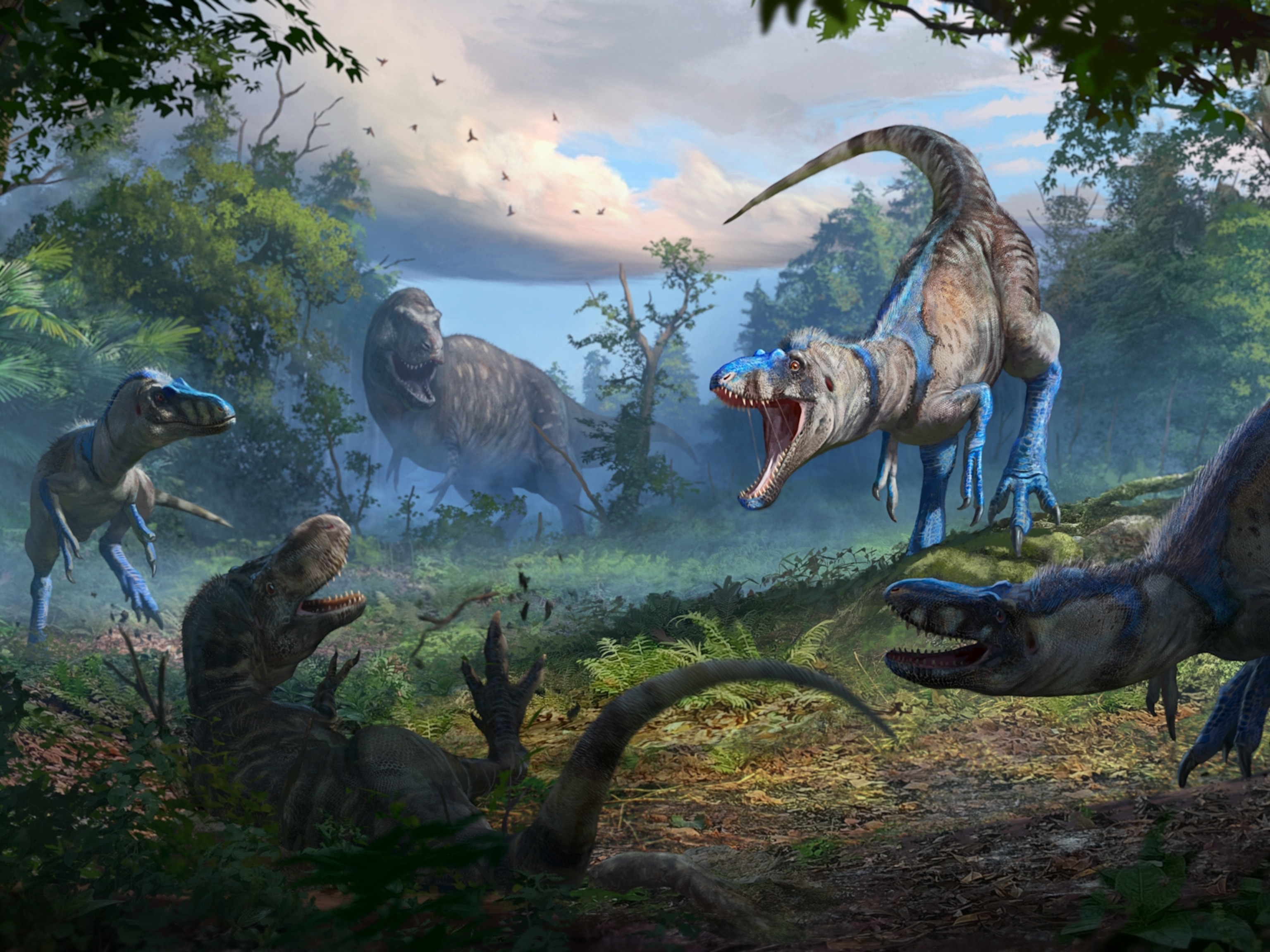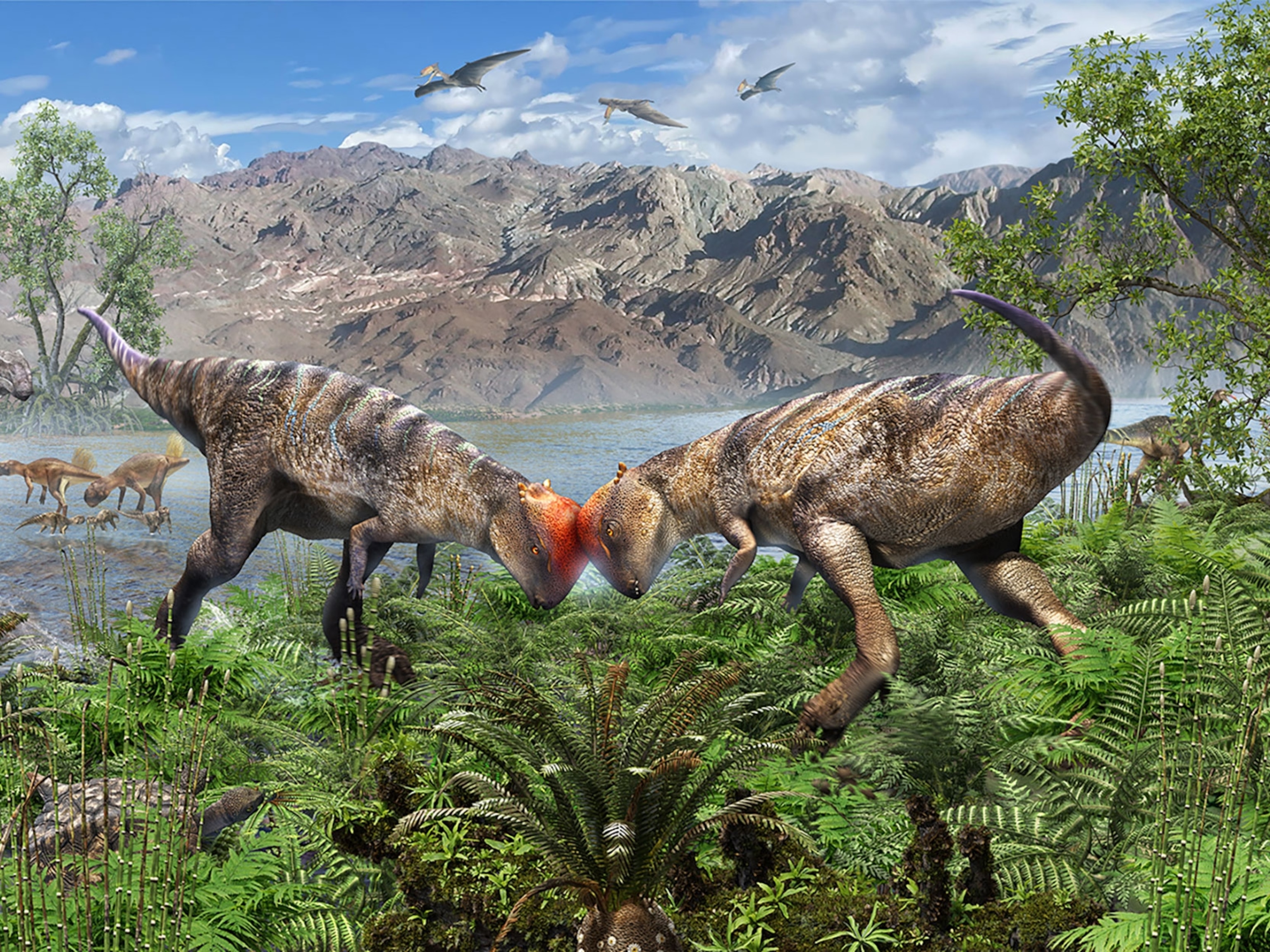About 120 million years ago in what’s now northeastern China, a bird met its end during a volcanic eruption. Ashfall buried the animal so suddenly, its soft tissues didn’t have time to decay, and over millions of years, minerals infiltrated these tissues and preserved their form.
Now, researchers have unveiled this breathtaking specimen, which contains the first fossilized lungs ever found in an early bird.
The species Archaeorhynchus spathula lived alongside the nonavian dinosaurs during the Cretaceous period. The newfound fossil, which preserves feathers and considerable soft tissue, shows that this primitive bird's lungs closely resemble those found in living birds. This suggests that birds’ hyper-efficient lungs, a key adaptation for flight, first emerged earlier than thought, and it underscores how birds—the last living dinosaurs—inherited many iconic traits from their extinct ancestors.
“Everything we knew about lungs, about respiration, about evolution of [birds] was just inferring based on skeletal indicators," says study coauthor Jingmai O’Connor, a paleontologist at the Institute of Vertebrate Paleontology and Paleoanthropology in Beijing, China. "And now we know that we were inferring less generously than we should have.”
O’Connor presented the discovery on October 18 at the Society of Vertebrate Paleontology’s annual meeting in Albuquerque, New Mexico, and the finding will be published in the Proceedings of the National Academy of Sciences.
“This is an exciting discovery,” says Colleen Farmer, an anatomist and physiologist at the University of Utah who reviewed the study. “Finding bird-like lungs in this group of dinosaurs is to be expected, but it is incredible to uncover hard evidence of this soft structure.”
Respiratory riddle
Fossilization itself is rare, and rarer still are fossils that preserve traces of soft tissue. So far, researchers have found ancient fish with fossilized hearts and armored dinosaurs with pebbly skin. O’Connor herself has found ovarian follicles—the sacs that hold unfertilized eggs—in dinosaur-era birds. And three earlier studies have described bits and pieces of fossilized lung.
Having the lungs of a fossil bird is exceptionally handy, though, when you’re trying to reconstruct how birds evolved into such effective fliers.
Lungs work by exchanging oxygen and CO2 across a thin membrane full of blood vessels. The bigger and thinner this membrane is, the more efficient—and intricately folded—the lungs become. In some people, the inner surfaces of their lungs add up to more than 500 square feet.
Since powered flight is a brutal workout, birds take their lungs to the extreme. They have such highly subdivided lungs, the tissues curl around their ribcages for support. Unlike in other animals, bird lungs don’t expand and contract. Instead, they’re connected to a series of separate air sacs that sit beneath the lungs and act as bellows. These adaptations, Farmer says, let the lung membranes get exceptionally thin—which makes them exceptionally efficient at absorbing oxygen, all the better for nourishing flight muscles. But when did these specialized lungs evolve?
Initially, O’Connor and her colleagues at China’s Shandong Tianyu Museum of Nature weren’t looking to figure out this respiratory riddle. Instead, they were interested in the fossil because it was the first that preserved A. spathula’s plumage, including its ornamental tail feathers—the first ever found in this group of extinct birds.
But as O’Connor and her colleague Xiaoli Wang examined the fossil, they noticed two unusual mats of white speckled material in the bird’s torso. The structures formed two distinct lobes in the animal’s chest, a sign that they might be fossilized lungs.
When the researchers initially wrote up a description of the fossil, they focused on the feathers, mentioning the possible lungs only in passing. According to O’Connor, their initial study was rejected after one reviewer lamented that the team hadn’t definitively proven the structures were lungs.
In response, O’Connor and Wang decided to analyze the potential lungs in greater detail. Using powerful microscopes, the team revealed honeycombs of tiny voids less than a tenth of the width of a human hair. To make sense of these voids, O’Connor emailed University of Johannesburg professor John Maina, an expert on birds’ lung anatomy. Maina, who is one of the final study’s coauthors, replied that the structures looked like the finely subdivided inner chambers of a bird’s lungs. The microscopes even showed individual air channels.
“They rejected me … and I was like, bone wars!” jokes O’Connor, referring to a period of intensely competitive fossil hunting in the 1800s. “So then I went and [examined] it, and I was like, boom! Lung tissue.”
Breath of fresh air
Other experts agree that O’Connor and her colleagues make a strong case that the structures are lungs.
“More will need to be done to confirm this identity, but it looks very promising to me,” says University of Southern California paleontologist Mike Habib, an expert on the biomechanics of flying animals such as early birds.
Many questions remain, however, such as how the lungs fossilized in the first place. University of South Florida paleontologist Ryan Carney, an expert on the feathered dinosaur Archaeopteryx, suggested one possible explanation in an email: “One hypothesis is that this potential lung preservation—and possibly the unusual, ‘speckled white material’ itself—was due to the bird's inhalation of volcanic ash.”
In the meantime, O’Connor stresses the importance of studying fossils’ soft tissues whenever possible, since they can reveal features that bones simply can’t record.
“A theme that's come up within paleontology the last five years is that when we learn about the soft tissues … we see that the skeleton always lags behind in the evolution of specialization,” she says. “When we’re just studying the skeleton, we’re basically being conservative.”
